 All photographs © Joel Sartore. Mexican Gray Wolf, Canis lupus baileyi; population 392; Wild Candid Center, Eureka, Missouri.
All photographs © Joel Sartore. Mexican Gray Wolf, Canis lupus baileyi; population 392; Wild Candid Center, Eureka, Missouri.National Geographic photographer Joel Sartore began photographing North America’s endangered animal and plant species as a personal project. It grew into a decades-long endeavor. His new book, RARE: Portraits of America’s Endangered Species (National Geographic Focal Point, hardcover, $24), which was released today, gathers 80 of his photographs with text profiles that introduce readers to each species and detail the reasons for their endangerment. Sartore also includes personal anecdotes about the animals and how he made many of the photographs. Sartore’s book visually celebrates the biodiversity of the American continent and gives readers a sense of the forces—man-made and otherwise—influencing the survival of these species. The book also includes several species that coming back from the precipice of extinction. Below are a selection of images from Sartore’s book, along with his anecdotes.

St. Andrew Beach Mouse, Peromyscus polionotus peninsular; population ≤ 6,000; Panama City, Florida. Sartore: “Beach mice are anthropomorphic—cute as can be and easy to love—unless you are a developer who is inconvenienced by preserving their habitat. But photographing them is almost as tricky as saving them. The mice never stop moving, and so quickly that I couldn’t follow them with my macro lens, let alone get a focus. My flash even had a hard time stopping them. Only when this mouse paused to groom did I get a moment to take a picture.”
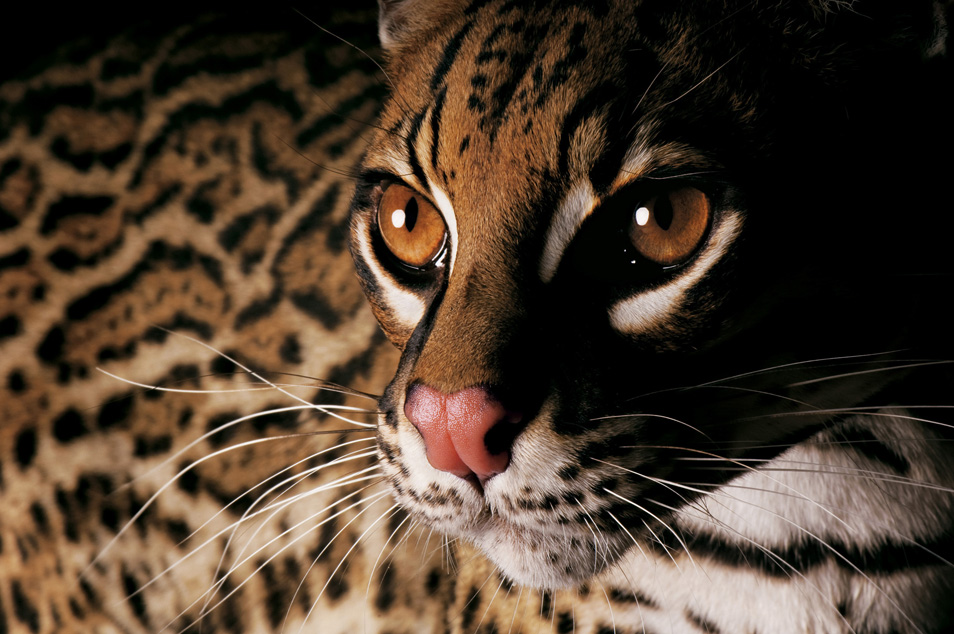
Ocelot, Leopardus paradalis. Population 195, San Diego Zoo, San Diego, California. Sartore: “The key in photographing anything is having time and good access. In this case, we had access to the only ocelot I know of that is trained to walk on a leash, at the San Diego Zoo. Time was the real issue, though. Many of these animals will stand still only for food. The moment they get full, the shoot is over. We got eight minutes”

Columbia Basin Pygmy Rabbit, Brachylagus idahoensis; population 0; Oregon Zoo, Portland, Oregon. Sartore: “Bryn the pygmy rabbit died in 2008, marking the end of her genetic line. This subpopulation lost its sagebrush habitat as the land was developed for agriculture. Key features of Bryn’s genetic material survive in hybrid pygmy rabbits; a breeding and reintroduction program holds out hope for her kind.”

Dehli Sands Flower-Loving Fly, Rhaphiomidas terminatus abdominalis; population less than 1,000; Colton, California. Sartore: “It took four and a half months to take this picture. That was the wait time for a special handling permit that was needed through the U.S. Fish and Wildlife Service. On the chosen day, with several federal agents there to see the show, a federally permitted fly handler named Ken Osborne readied himself to catch a single fly unharmed. Our permit allowed for just one fly to be caught, so if it was injured or flew off before I got the picture, that would be our tough luck. Neither of us slept a wink the night before. [Biologist Ken Osborne] was able to find a fly, net it, then run it back to my rolling photo studio, a GMC Yukon lined with bed sheets. He knocked it out with CO2 gas, then let it wake up a few seconds later on my black velvet background. To our amazement, it stayed there a groomed itself, giving me several minutes to shoot. Ken then gently scooped it into a jar, took it back to the place he found it, and we all watched it fly off.”

Grizzly Bear, Ursus arctos horribilis; population about 1,500. Sedgewick County Zoo, Wichita, Kansas. Sartore: “This grizzly you see isn’t tame; he’s just hungry. My friends at the Sedgewick County Zoo in Wichita allowed me to paint off an exhibition cell with nontoxic white paint and then load in the bear. He stood in the center of the room hoping to get treats tossed in, and I shot through the bars. As soon as our shoot was over, we powerwashed the paint off the walls and floor. Mission accomplished.”
 California Condor, Gymnogyps californianus; population 356; Phoenix Zoo, Phoenix Arizona. Sartore: “This species nearly didn’t make it, but now there are more than 300 condors alive, and some of those birds fly free again. The bird you see here is known simply as Male #50. He flew in the wild for a time, until a collision with Arizona’s Navajo Bridge dislocated his right wing at the wrist. He’ll be an educational bird from now on—starting with this photograph.”
California Condor, Gymnogyps californianus; population 356; Phoenix Zoo, Phoenix Arizona. Sartore: “This species nearly didn’t make it, but now there are more than 300 condors alive, and some of those birds fly free again. The bird you see here is known simply as Male #50. He flew in the wild for a time, until a collision with Arizona’s Navajo Bridge dislocated his right wing at the wrist. He’ll be an educational bird from now on—starting with this photograph.”



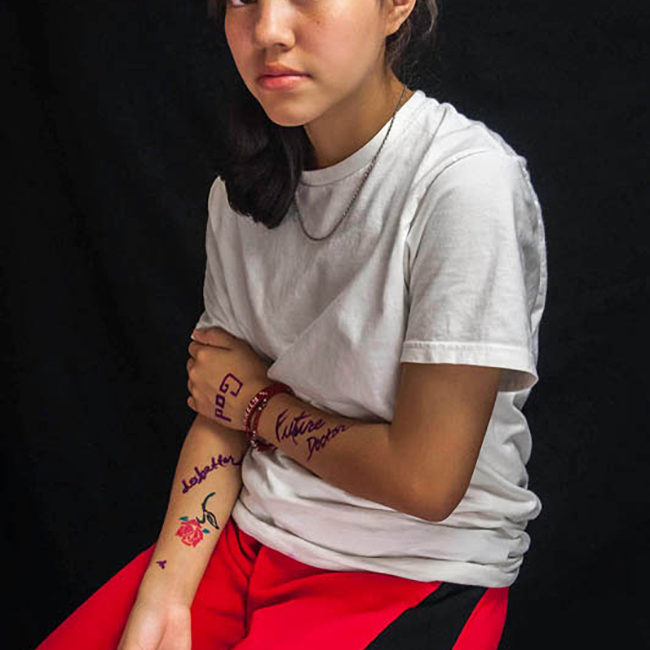
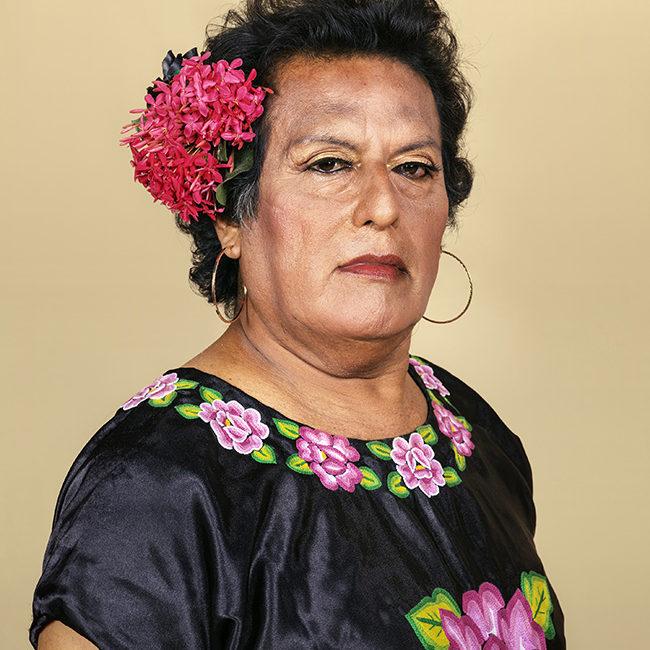
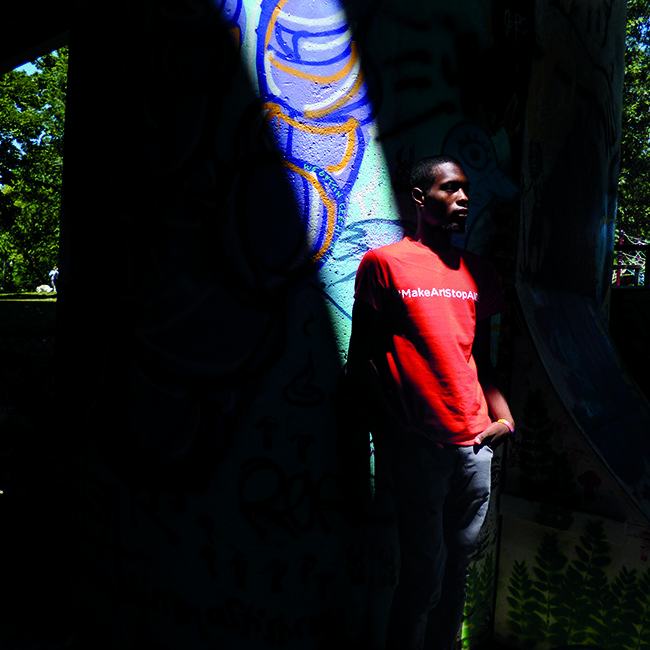
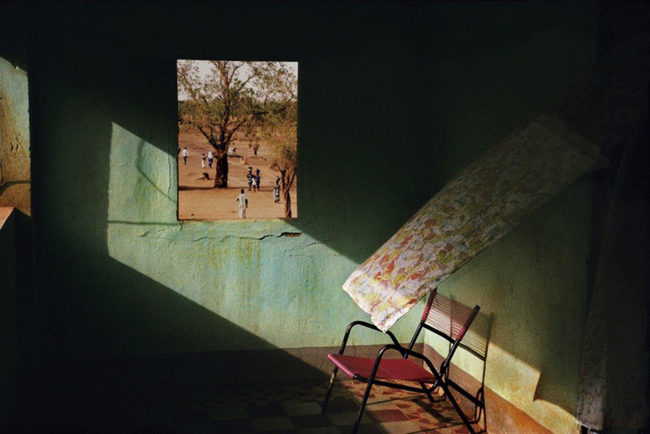




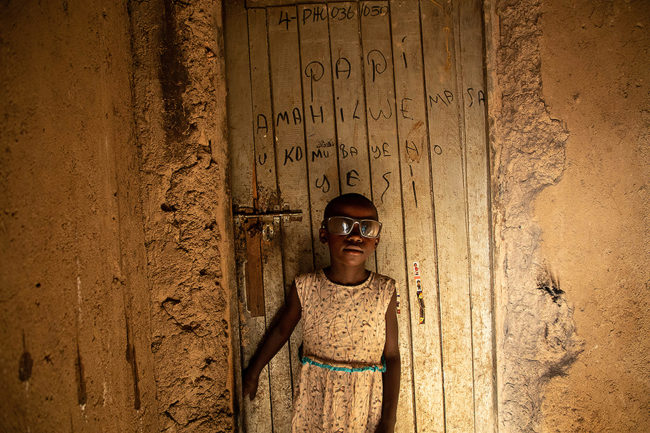

It is a masterpiece.
Beatiful photos.
So sad that one day the only way we may be able to see them is through photos.
I love the condor’s picture and the way it seems to be looking straight at you.
As an animal person myself, what the photographer is not saying is this — it doesn’t matter how much time or access you have to an animal if the animal doesn’t feel some level of comfort with you. Even a caged bear will not take a good photograph if he fears you or is enraged by you. In addition to being a wonderful photographer, this man has a way with animals. There is no other way he would have gotten these remarkable photographs that show the animals engaged and at their best.
An amazing body of work. Joel has a gift and has preserved these creatures even if, sadly, we may not.
Exactly the point – Joel is showing us these animals & we must care enough to preserve them & their habitats. Our local fish & game guy said “habitat is the key to everything.” So we better care, & preserve.
Amazingly beautiful lighting, specially in the condor and the ocelot shots!
Absolutely fantastic collection. I’ve just ordered the book and can’t wait to receive it!
Thanks to Joel Sartore for committing himself to this kind of work. I really hope most (all!) of these species can be saved.
That condor shot is amazing… He’s so expressive and texture and colors of his face are amazing. Projects like this are extremely important for society as whole, to both remember these animals and bring light to the fact that we do have an impact on other species.
Beautiful! Thanks for sharing!
Fantastic photos!!
I read in Wikipedia that the Grizzly is estimated to number about 55.000 in the wild, in North America… ?! I hope this is true.
Beautiful photos.
Amazing work! It would be wonderful if Joel could come to Australia and photograph our endangered species. Or maybe someone in Oz could take up the challenge.
That so spectacular photos, congratulations and much success. The condor shows to much character.
Greetings from Méxcio
Wow, phenomenal photos. Love to know how you did these!
Congratulations. This is an exceptional work. Greetings from Poland
Extremely insightful, and instructive. I never typically make comments, as I’m type to a webpage lurker, but I believed it deserved a word or two. Thanks for revealing.
Hey, cool website. I actually came across this on Google, and I am really happy I did. I will definately be returning here more often. Wish I could add to the conversation and bring a bit more to the table, but am just absorbing as much info as I can at the moment.
Thank You
Italian Restaurant Dublin
Wow a Bear in the studio would be crazy! Great animal portraits
I just read through the entire article of yours and it was really excellent. This is an awesome article thank you for sharing this informative information. I will visit your weblog regularly for some latest publish.
absolutely astounding! well done, and thank you for sharing not just the photos, but your story!
nutritionists in San Diego
Amazing work! It would be wonderful if Joel could come to Australia and photograph our endangered species. Or maybe someone in Oz could take up the challenge.
when i came here i assumed it was going to be filled with useless info, but actually it came out to be quite interesting. im impressed!
Very nice photography. These are some interesting animals which you have shown great skill in photographing.
Extremely interesting article post. Your article is really interesting. I liked this post. This blog post is great! I have to say that after continually reading bad as in, same old material, little quality content, etc. blog posts on other sites, it’s good to actually read something that has some thought put into it. It’s a pleasure to read quality content, especially after continually seeing rehashed crap that writers and bloggers are throwing out nowadays. It’s always nice when I come across content that actually has value, I’ve been seeing a ton of subpar writing attempts lately. Anyways, thanks again and I’ll check back often to see what else you have to offer. I’ll check back in the future to see what else you have up your sleeve. Keep up the excellent work! BTW, I like your site design, but your header image was only loading half way for me. P.S. Your header is messed up a bit in IE. The problem could be on my end but I thought you might want to look into that.
Very cool photos! The California Condor is awesome.
The pictures are very moving. It’s an interesting dilemma, appealing for sympathy to the people who are the very reason for the decline of our environment and the decline of the species who call it home. There’s a typo in the 3rd paragraph, “A selection of the photos will on be display at the National Geographic Museum in Washington”. I can’t stop looking at that, either!